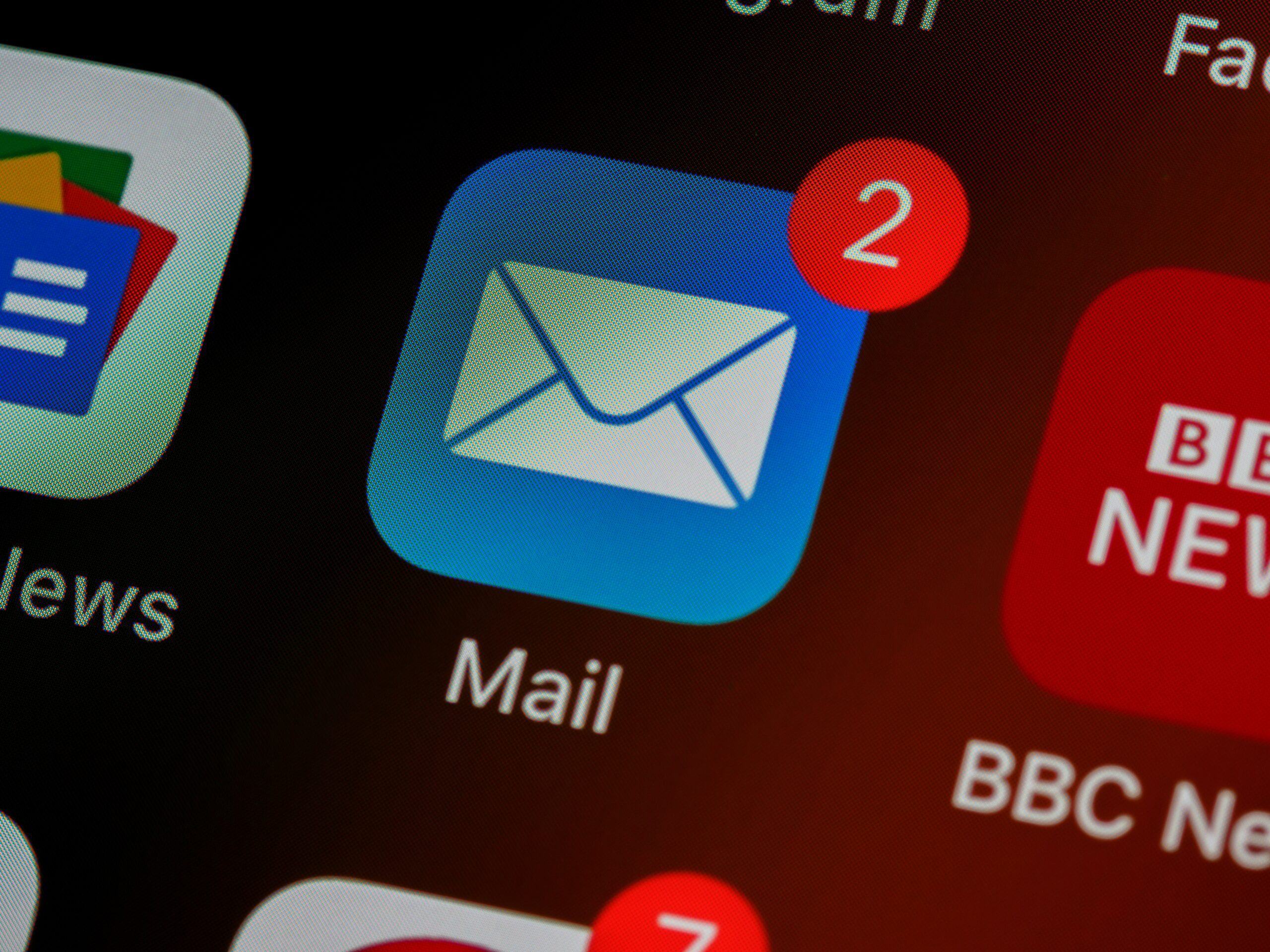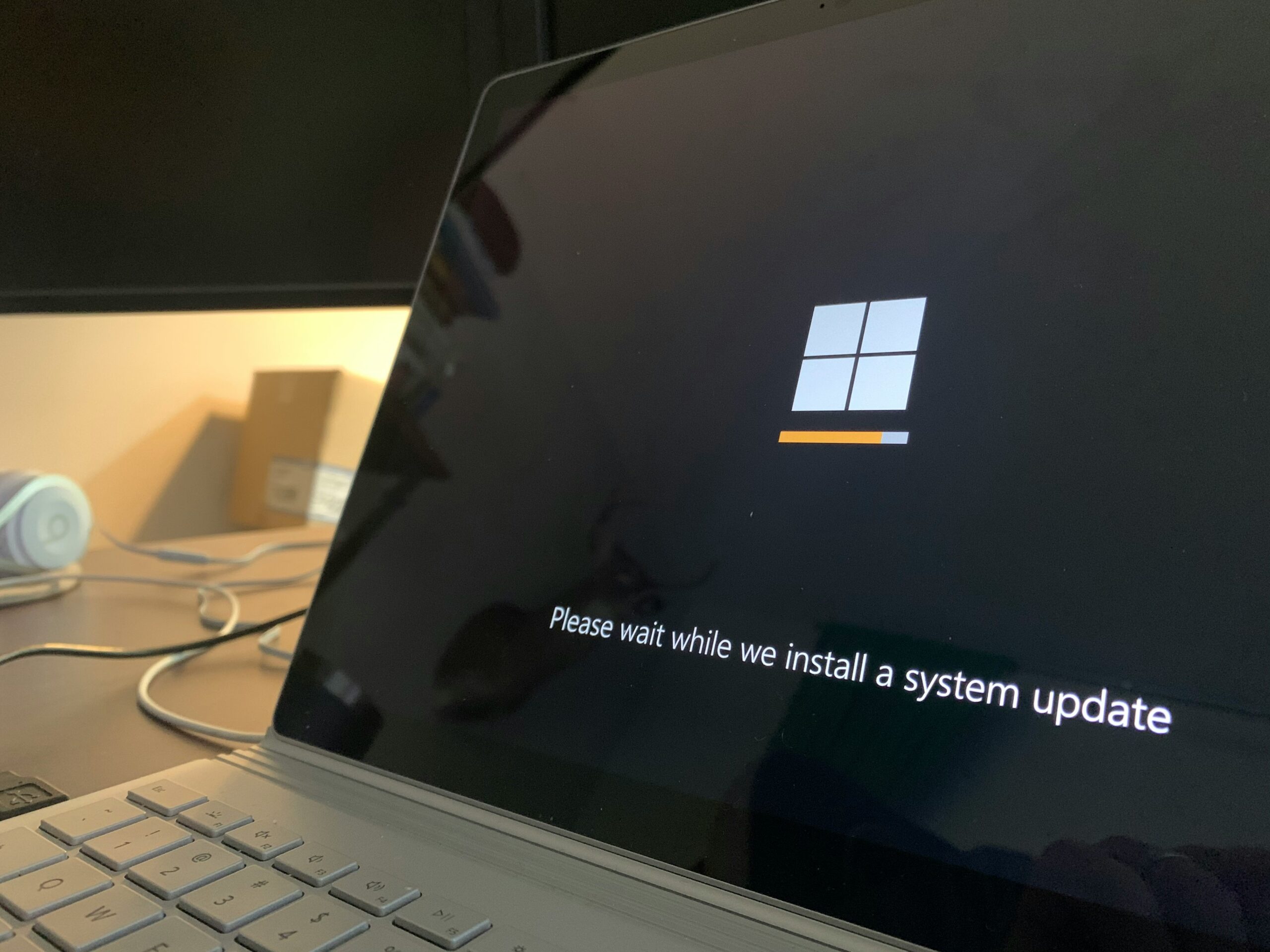Protect Your Business From This Phishing Tactic
Phishing is nothing new. Hackers and bad actors will send you messages with malicious links or content in the hope you click and invite them in. But there’s an interested tactic that isn’t often talked about that can be a dead giveaway for an incoming phishing email. Tom’s Guide highlights research from Atlas VPN, which shows that roughly two-thirds of phishing

Phishing is nothing new. Hackers and bad actors will send you messages with malicious links or content in the hope you click and invite them in. But there’s an interested tactic that isn’t often talked about that can be a dead giveaway for an incoming phishing email.
Tom’s Guide highlights research from Atlas VPN, which shows that roughly two-thirds of phishing emails do not include anything in the subject line of the message. Obviously, this tactic doesn’t apply to all phishing emails: We’ve all received spam in our inboxes with subject lines that give the game away. But this research suggests the majority of phishing emails don’t include a subject line at all.
The main goal of a blank subject line is to pique your curiosity. Inboxes across the globe are full to the brim with offers, promotions, and requests, all of which state as much in the initial subject line. Your eyes tend to glaze over these typical emails, unless there’s something really different about them. An email with zero subject line might just be the thing that shakes you out of your mindless scrolling and actually click the message to learn more.
Of course, now that you know, you should exercise extreme caution opening any email without a subject line. If you do, don’t click on any links or download any files unless you can verify their safety first. If you know the sender, such as your boss, contact them separately to confirm whether the message is legitimate or not.
Share This



